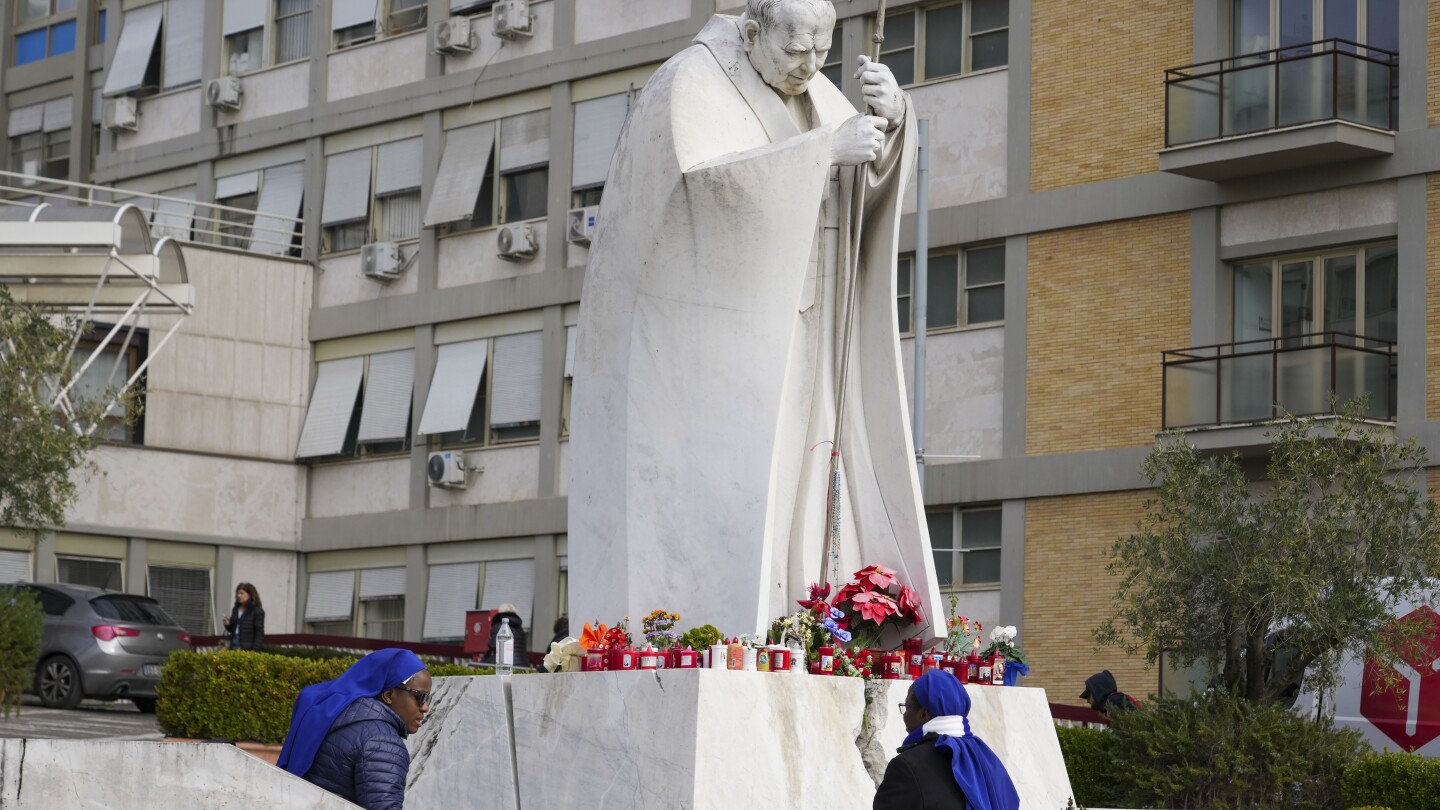Understanding the Pope’s Polymicrobial Respiratory Infection
The recent announcement from the Vatican about the Pope’s polymicrobial respiratory infection has sparked widespread concern and curiosity among believers and observers alike. This condition is not just a simple illness; it encompasses a complex interplay of various microbial agents affecting the respiratory tract. In this article, we will delve into what a polymicrobial respiratory infection entails, its implications for the Pope’s health, and what it means for the Holy See.
What is a Polymicrobial Respiratory Infection?
A polymicrobial respiratory infection is characterized by the presence of multiple types of microorganisms, such as bacteria, viruses, and fungi, co-infecting the respiratory system. Unlike a singular infection, which might be caused by one pathogen, polymicrobial infections can complicate the diagnosis and treatment due to their diverse nature.
- Bacteria: Common bacterial culprits include streptococcus pneumoniae, staphylococcus aureus, and various strains of Haemophilus influenzae.
- Viruses: Viral agents such as influenza, rhinovirus, and respiratory syncytial virus (RSV) are often involved.
- Fungi: In some cases, fungi such as Aspergillus can contribute, especially in immunocompromised individuals.
This complexity requires healthcare providers to adopt a multifaceted approach for effective treatment. The presence of multiple pathogens can lead to more severe symptoms and an increased risk of complications, particularly in patients with weakened immune systems, such as the Pope, who is in his 80s.
Symptoms and Diagnosis
Symptoms of a polymicrobial respiratory infection can vary widely but often include:
- Cough, which may be dry or productive
- Shortness of breath or wheezing
- Fever and chills
- Fatigue and malaise
- Chest pain or discomfort
Diagnosing a polymicrobial infection typically involves a combination of:
- Clinical evaluation of symptoms
- Laboratory tests such as blood cultures and sputum analysis
- Imaging studies like chest X-rays or CT scans to assess lung involvement
Given the Pope’s age and the nature of his role, timely and accurate diagnosis is critical to ensuring his recovery and ability to continue his duties.
Potential Impacts on the Pope’s Health
The implications of a polymicrobial respiratory infection for the Pope’s health can be significant. As the spiritual leader of over a billion Catholics worldwide, his well-being is of utmost importance. Here are some potential impacts:
- Increased Risk of Complications: The presence of multiple pathogens can increase the likelihood of severe respiratory distress, pneumonia, or even systemic infections.
- Extended Recovery Time: Treatment may require prolonged hospitalization, leading to a delay in public engagements and duties.
- Impact on Public Perception: The Pope’s health is closely monitored by media and the public, and any significant health issue may raise concerns about leadership succession.
Furthermore, the Vatican’s transparency regarding his health condition is crucial in maintaining trust with the faithful, as rumors and speculation can often lead to misinformation.
Treatment and Management Strategies
The treatment of a polymicrobial respiratory infection typically involves:
- Antibiotic Therapy: Broad-spectrum antibiotics may be initiated while awaiting culture results to cover a range of potential bacterial pathogens.
- Supportive Care: This may include supplemental oxygen, intravenous fluids, and medications to manage symptoms such as fever and pain.
- Monitoring for Complications: Continuous assessment of respiratory function and overall health is vital, particularly for an elderly patient.
Healthcare providers will tailor the treatment plan based on the specific pathogens identified and the Pope’s overall health condition, ensuring a comprehensive approach to recovery.
The Role of the Vatican in Health Transparency
The Vatican’s handling of the Pope’s health issues has historically been a delicate balance between privacy and public interest. In recent years, there has been a growing expectation for transparency regarding the health of prominent figures, particularly those in leadership roles. The announcement of the Pope’s infection serves as an important reminder of the fragility of health, even for someone of his stature.
By being open about his condition, the Vatican not only informs the public but also sets a precedent for how health issues should be communicated by other leaders. It emphasizes the importance of health awareness and encourages followers to take their health seriously.
Looking Ahead: The Future of the Pope’s Health and Duties
While the prognosis for recovery from a polymicrobial respiratory infection can vary, it is essential to remain optimistic. With appropriate medical care and monitoring, many individuals successfully recover and return to their regular activities. For the Pope, this means a potential return to public duties, including audience engagements, mass celebrations, and other significant events within the Catholic Church.
In the meantime, it’s crucial for the global Catholic community to rally around their leader, offering prayers and support during this challenging time. The Pope’s resilience and faith have often inspired millions, and this situation is no different.
Conclusion: A Time for Reflection and Hope
The announcement of the Pope’s polymicrobial respiratory infection has undoubtedly raised questions and concerns about his health and the implications for the Holy See. However, it also serves as an opportunity for reflection on the importance of health, the complexities of polymicrobial infections, and the need for transparency in leadership. As we await further updates on his recovery, let us remain hopeful and supportive, recognizing the vital role the Pope plays in the lives of countless individuals around the globe.
See more WebMD Network



